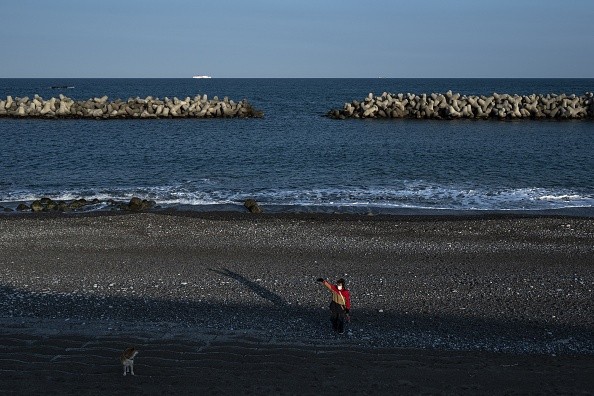Regardless of the fact that a massive 7.2 earthquake rocked the Pacific's Loyalty Islands, there seemed to be no need for alarm.
Also, there appears to be no tsunami risk from that earthquake throughout the Pacific, including Hawaii, Alaska, California, Oregon, and Washington.
The 7.2 magnitude earthquake struck at 7:44 p.m. Hawaii time / 1:44 a.m. ET, according to the Tsunami Warning Center in Honolulu, Hawaii.
The earthquake's epicenter was found at 22.7 South, 170.3 East, roughly southeast of the Loyalty Islands.
The earthquake in the pacific

After the earthquake, a series of aftershocks with magnitudes ranging from 4.7 to 5.9 occurred in the same location during the next hour and a half, following the initial quak, as per Express.
Following the quake, the US Tsunami Warning Center issued a rising tide warning for areas within 186 miles of the epicenter on Vanuatu's neighboring coast.
The warning was withdrawn after further examination following the occurrence.
There have been no reports of casualties or damage to neighboring islands as a result of the quakes.
The 7.0 magnitude earthquake occurred at a range of roughly 6 miles and also was generated by seismic activity along a decreased fault zone or near a tectonic plate boundary between the Australian and Pacific plates, according to the US Geological Survey.
"Focal mechanism solutions imply that the earthquake occurred on either a shallow dipping fault striking northwest or a steeply dipping fault striking southeast," they stated via Weatherboy.
Based on publicly available data, a destructive Pacific-wide tsunami is just not expected, and that there is no tsunami threat for Hawaii, according to the Tsunami Warning Center.
There is no tsunami threat to Hawaii, they added.
Tsunamis caused by earthquakes
There are additional essential aspects to consider than earthquake magnitude when it comes to tsunami formation, as per USGS.
It must have been a deep marine quake that caused the seafloor to move.
Tsunamis are significantly more likely to be generated by thrust earthquakes (as opposed to strike slip earthquakes).
However modest tsunamis have been generated by big strike-slip earthquakes in a few situations.
Magnitudes ranging from 6.5 to 7.5
Tsunamis caused by earthquakes of this size are very deadly.
Small variations in sea level may be seen in the area around the epicenter, though.
In this magnitude range, tsunamis capable of causing damage or deaths are uncommon, but they have happened owing to secondary impacts such as landslides or underwater slumps.
Magnitudes ranging from 7.6 to 7.8
Tsunamis might be generated by earthquakes of this magnitude, especially near the epicenter.
Minor adjustments in sea level can be seen from a great range.
Tsunamis that may cause damage over long distances are uncommon in the magnitude range.
Magnitudes of 7.9 and higher
Near the epicenter, destructive local tsunamis are probable, as are severe sea level shifts and destruction across a larger region.
It is indeed worth mentioning that an aftershock of magnitude 7.5 or more is conceivable after a magnitude 9.0 earthquake.
© 2025 NatureWorldNews.com All rights reserved. Do not reproduce without permission.





